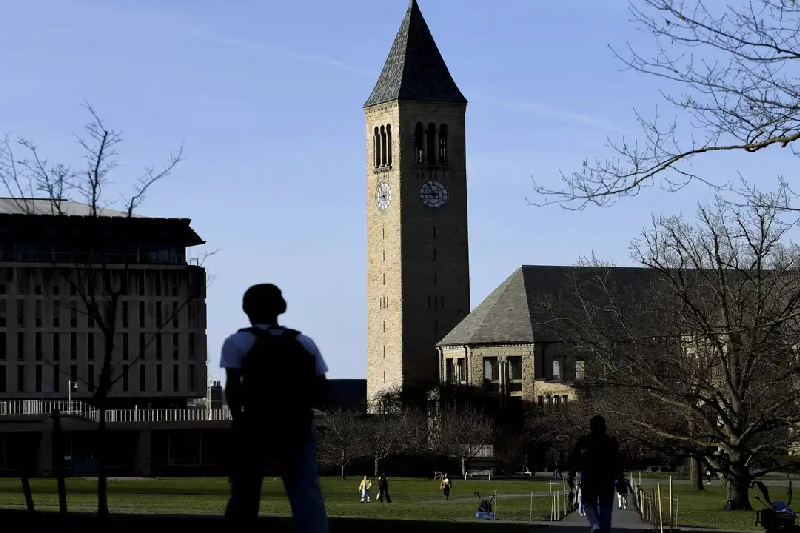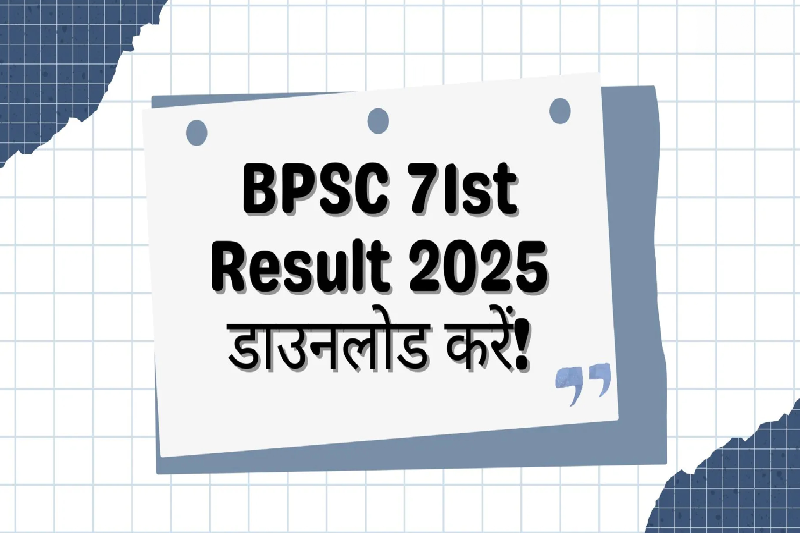
Record Fall 2025 Enrollment Reflects Strategic Resilience in U.S. Higher Education
As the fall 2025 semester begins, the landscape of U.S. higher education is defined by a striking contrast. On one hand, universities are grappling with declining state support, uncertainty in federal policies, rising tuition costs, and the looming "demographic cliff"—a projected drop in the number of high school graduates over the next decade. On the other hand, a wave of institutions across the country is celebrating historic enrollment numbers, signaling a powerful—if paradoxical—testament to the system's resilience and adaptability.
These record-breaking figures offer more than temporary relief—they reflect calculated strategies, aggressive outreach, and a reassertion of the college degree’s relevance amid mounting skepticism.
Public Universities Lead the Surge
Leading the enrollment surge are major public universities, which have defied expectations and exceeded previous records:
- Oklahoma State University set an all-time high with a system-wide enrollment of 36,934 students. Notably, its Stillwater campus celebrated its fourth consecutive year of record freshman enrollment, showcasing consistent growth and appeal.
- The University of Tennessee projected over 40,000 students on its opening day—a remarkable 30% increase since 2020. This upward trajectory marks significant progress in student recruitment and retention strategies.
- Arizona State University anticipated welcoming a record 42,900 new students, including both on-campus and online learners. ASU’s emphasis on hybrid education continues to broaden its reach across demographics and geographies.
These milestones reflect more than raw numbers—they indicate a renewed confidence in public institutions, many of which have ramped up targeted recruitment, expanded academic offerings, and improved campus support services.
Smaller Colleges See Big Gains
The enrollment boom is not confined to large public universities. Smaller and mid-sized colleges across the country are also breaking records:
- High Point University announced both its largest freshman class and highest total enrollment in the institution’s history.
- Institutions such as Brevard College, Lynn University, Florida Polytechnic University, and North Carolina A&T all reported historic student numbers, reinforcing the nationwide nature of this trend.
- First-year enrollment hit all-time highs at Bowling Green State University, Texas Christian University, and the University of Connecticut, underscoring that even amidst uncertainty, a broad spectrum of institutions is finding ways to thrive.
These developments suggest that students are still actively seeking tailored, high-quality academic experiences—whether at large research universities or smaller liberal arts colleges.
Behind the Headlines: Questions and Concerns
Despite the optimistic headlines, there is an undercurrent of caution. The current data, while encouraging, is preliminary and represents only a segment of the nation’s institutions. Universities often spotlight positive trends while potential declines in other areas may remain hidden, at least temporarily.
Several key concerns persist:
- Federal funding reductions in both research and student financial aid could negatively affect enrollment, particularly at graduate and professional levels.
- Policy restrictions on international students remain a concern. Any shift in visa regulations or global relations could stall or reverse the return of international students to U.S. campuses—a vital demographic for many institutions.
- Public anxiety over college affordability and the rising cost of tuition could dampen enthusiasm for higher education in the long term, especially as alternatives like vocational training and online certifications grow more popular.
These factors pose significant risks to sustaining the current momentum. They also raise questions about how long universities can keep enrollment trending upward in the face of deep-rooted systemic challenges.
Strategic Resilience: Adapting to a Changing Environment
What makes these record enrollments noteworthy is not just the numbers themselves but what they reveal about the evolving strategies of U.S. universities. Institutions are not passively benefiting from a surge—they are actively engineering it.
Key strategic moves include:
- Aggressive recruitment campaigns, often targeting non-traditional and international students.
- Enhanced student support systems, including mental health services, academic advising, and career preparation programs.
- A renewed emphasis on the practical value of a degree, with universities increasingly linking programs to tangible career outcomes.
These measures have helped rebuild confidence in the value of a college education. Fall 2025 becomes both a milestone and a litmus test—a moment to celebrate strategic gains but also to critically assess long-term sustainability.
Conclusion: A Resilient but Fragile Success
The historic enrollment numbers of fall 2025 reflect a higher education system in transformation—resilient, resourceful, and recalibrating. From large public universities to small private colleges, institutions are adapting to survive and thrive in a new academic era.
However, this success is not without caveats. Ongoing financial uncertainty, shifting demographics, policy headwinds, and public skepticism remain significant challenges. Whether universities can turn this moment of growth into a sustained trajectory will depend on continued innovation, transparency, and responsiveness to both student needs and societal expectations.
As higher education stands at a crossroads, Fall 2025 offers a clear message: challenges are real, but so is the determination to overcome them.



